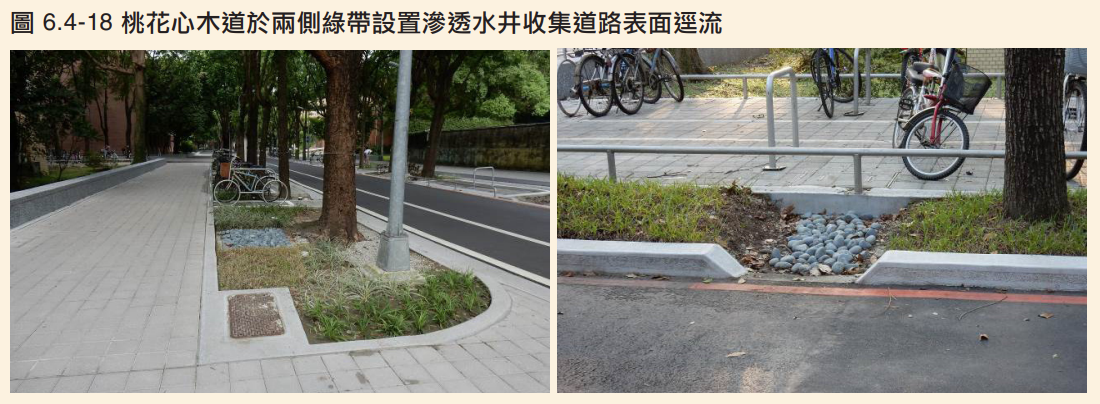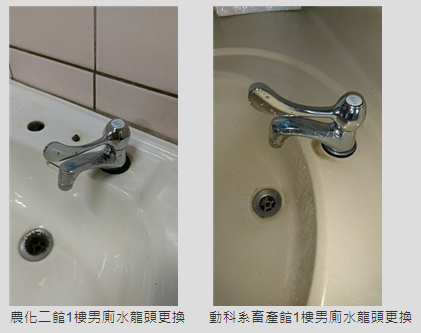We apply building standards to minimise water use. NTU's water-conscious building standards adhere to our "Campus Planning Principles" and "Principles for Water Resource Management and Reuse." All new construction projects are required to install rainwater harvesting systems and to prioritize the use of water-saving toilets and faucets.
- Water Conservation on Building Sites
To mitigate the urban heat island effect, our campus road improvement and new construction projects adhere to the principle of planning green spaces and permeable surfaces. In addition to using permeable surface materials, the bottom layer is also designed to be a substantial permeable layer with the aim of achieving the effects of a sponge city. This approach improves the ecological environment, regulates microclimates, and reduces urban heat.
- Installation of Rainwater Harvesting Systems
Most of our new building projects on campus incorporate rainwater harvesting systems. Rainwater collection tanks and rainwater harvesting basins are installed in the underground raft foundation layer to collect and store rainwater, which can then be used for irrigating landscape plants.

- Campus Stormwater Management and Blue Ribbon System Replenishment
To address the issue of water accumulation on campus after heavy rainfall, we have installed permeable wells along the green areas on both sides of the roads. These wells serve the functions of dispersing floodwaters, increasing site permeability, and retaining water.

- Replacement of Outdated Fixtures with Water-Efficient Toilets and Faucets
In renovation, maintenance, or new construction projects related to our restrooms, we require the use of water-efficient toilets and faucets that meet approved water-saving standards. We continuously include newly certified water-efficient products that meet water-saving standards in our plumbing and electrical reservation contracts, ensuring the comprehensive replacement of water fixtures with water-efficient products





